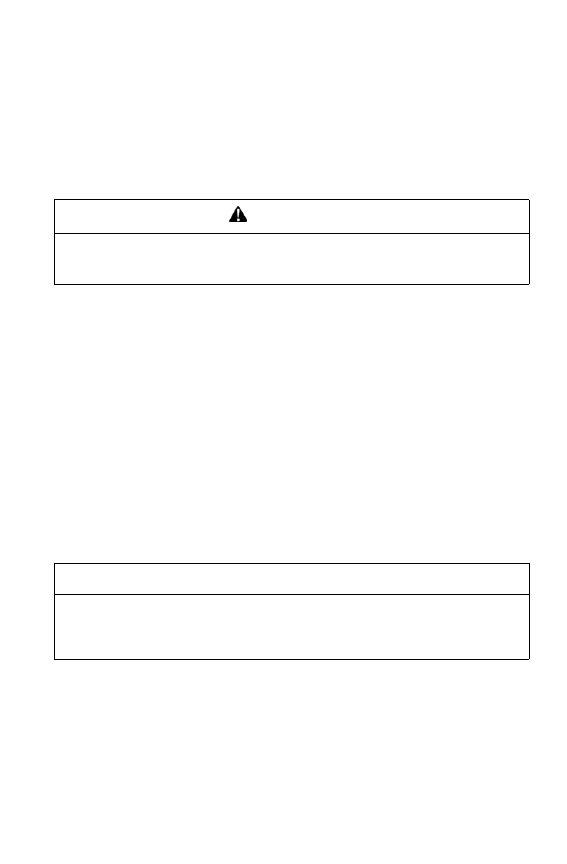Snowmobile Polaris RMK Shift / RMK / Dragon RMK (2008 year). Instruction - part 13

53
PRE-RIDE INSPECTIONS
Before Starting the Engine
n
Steering System
Manually turn the skis completely to the right and to the left. If any dif-
ficulty is encountered, remove any ice and snow build-up that may be
obstructing the steering linkage.
n
Track Inspection
Use of traction products such as studs increases the possibility of track
damage and/or failure. Driving at high speeds for extended periods of
time in marginal lubrication could severely damage track rods, break
track edges and cause other track damage. Examples of marginal lubri-
cation would include frozen bodies of water without snow cover, icy
trails, and no-snow conditions.
NOTE:
Track damage or failure caused by operation on ice or poor lubrication
conditions voids the track warranty.
Deep Lug Tracks (if equipped)
The 2.4" powder track is designed specifically for deep snow applica-
tions. Operation in low snow conditions at high speeds may cause track
lug separation. Track lug separation is not covered under the Polaris
limited warranty policy. Polaris does not recommend operation above
70 mph with this track.
WARNING
Operating the snowmobile with a damaged track increases the possibility of
track failure, which could cause loss of control resulting in serious injury or
death. Always inspect the track for damage before using the vehicle.
CAUTION
High speed use on hard-packed surfaces is not recommended for models
equipped with a deep lug track. Track lug damage may occur. Keep high
speed use to a minimum, including frequent slow-speed intervals for track
cooling.